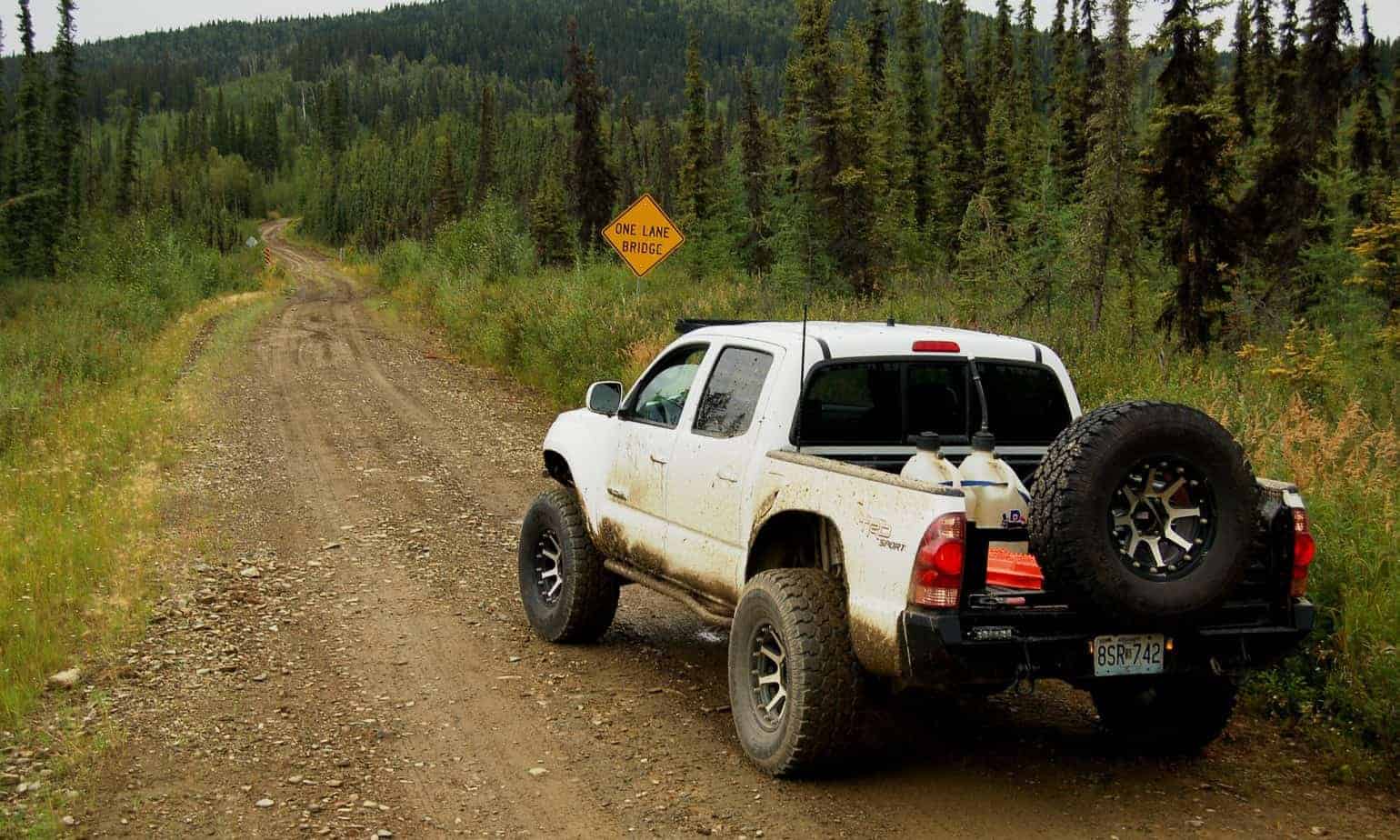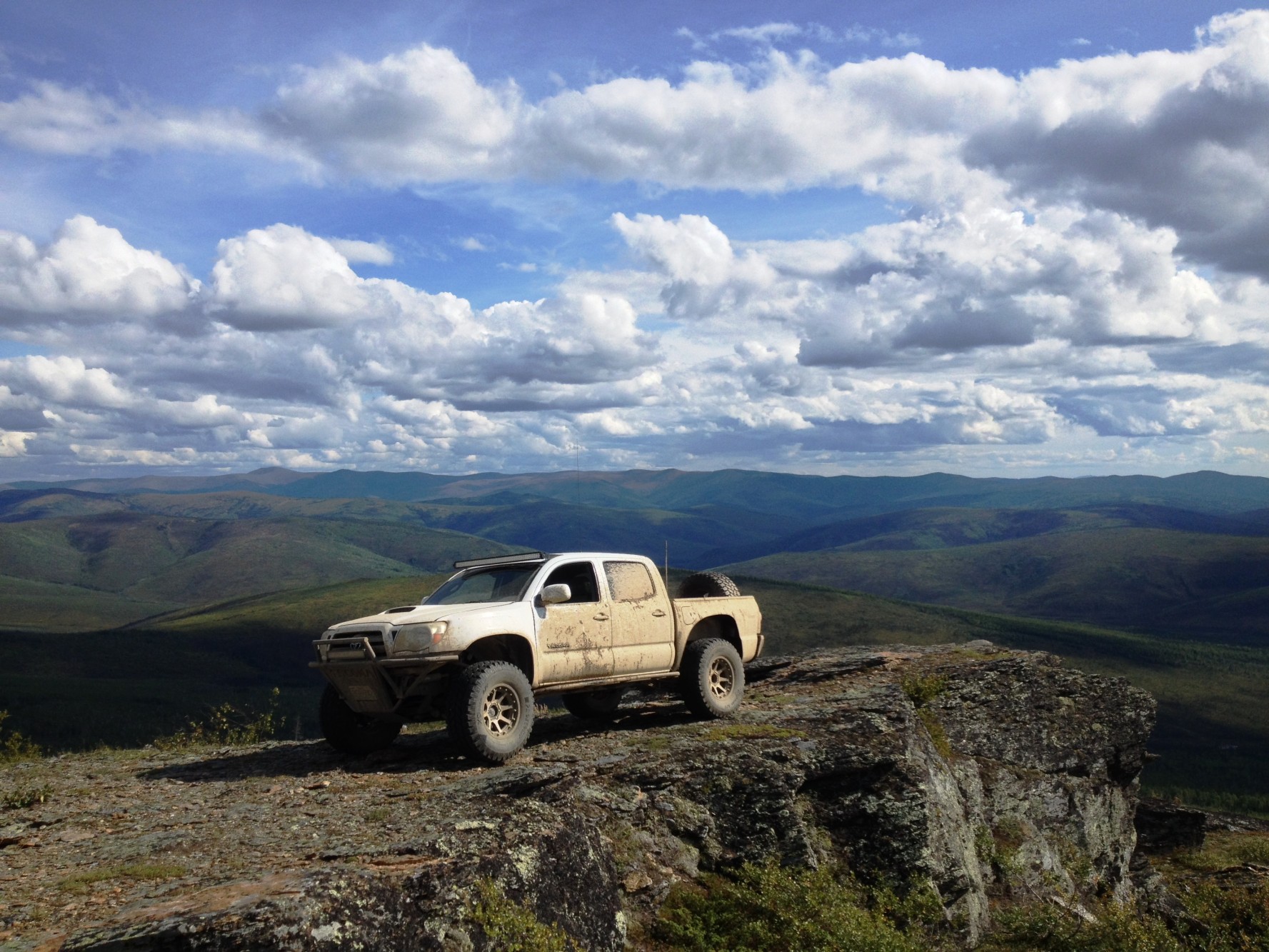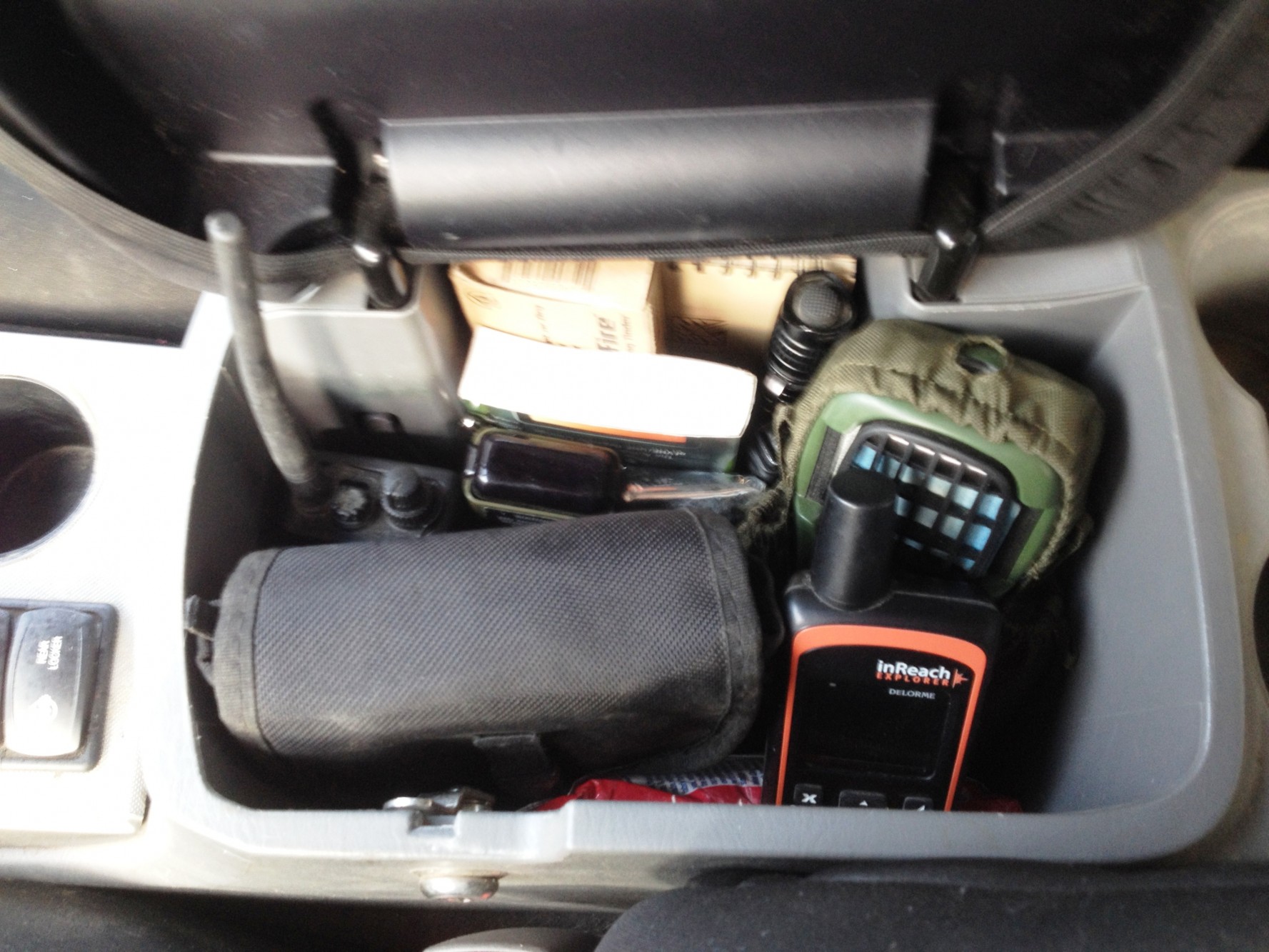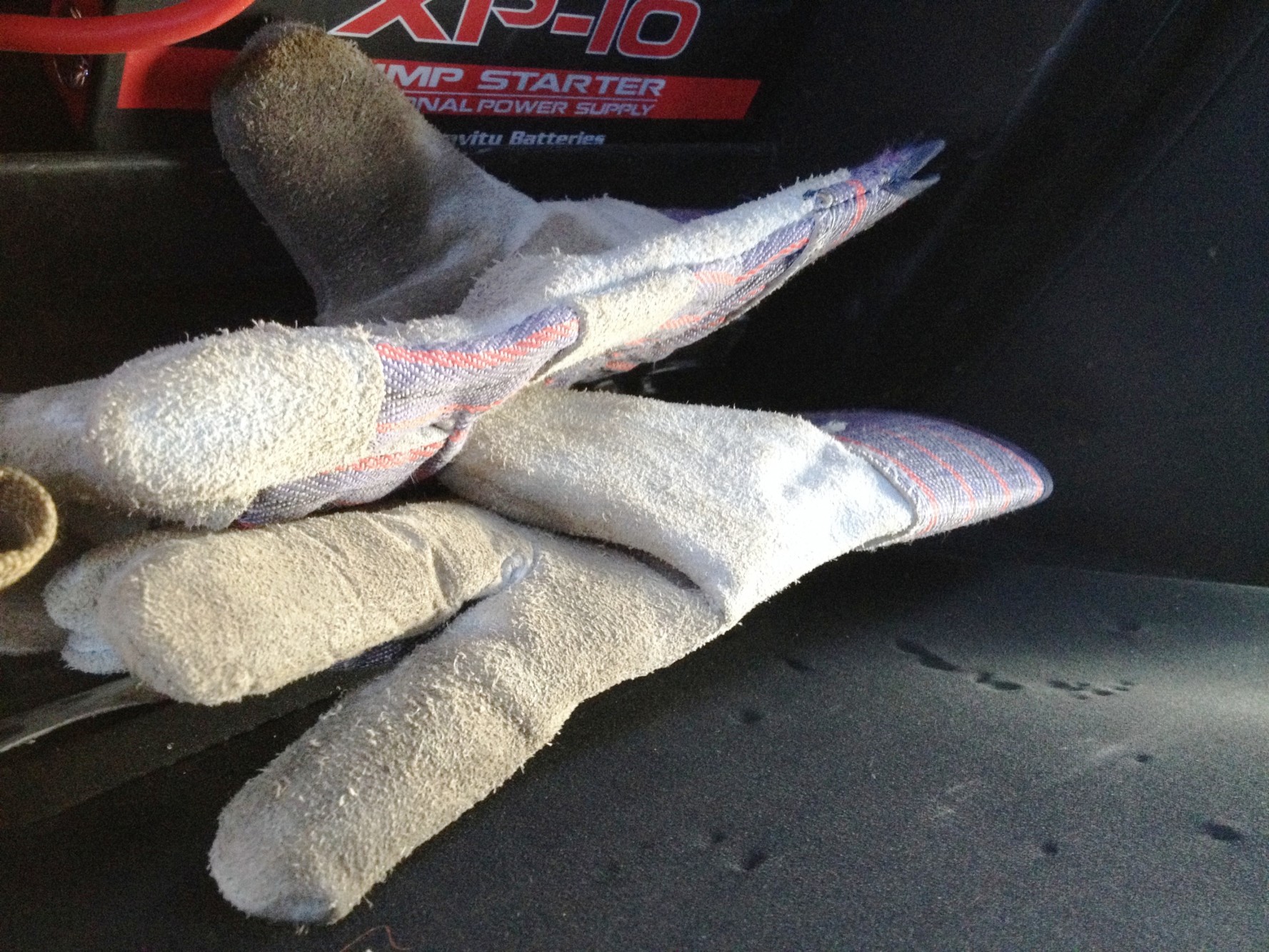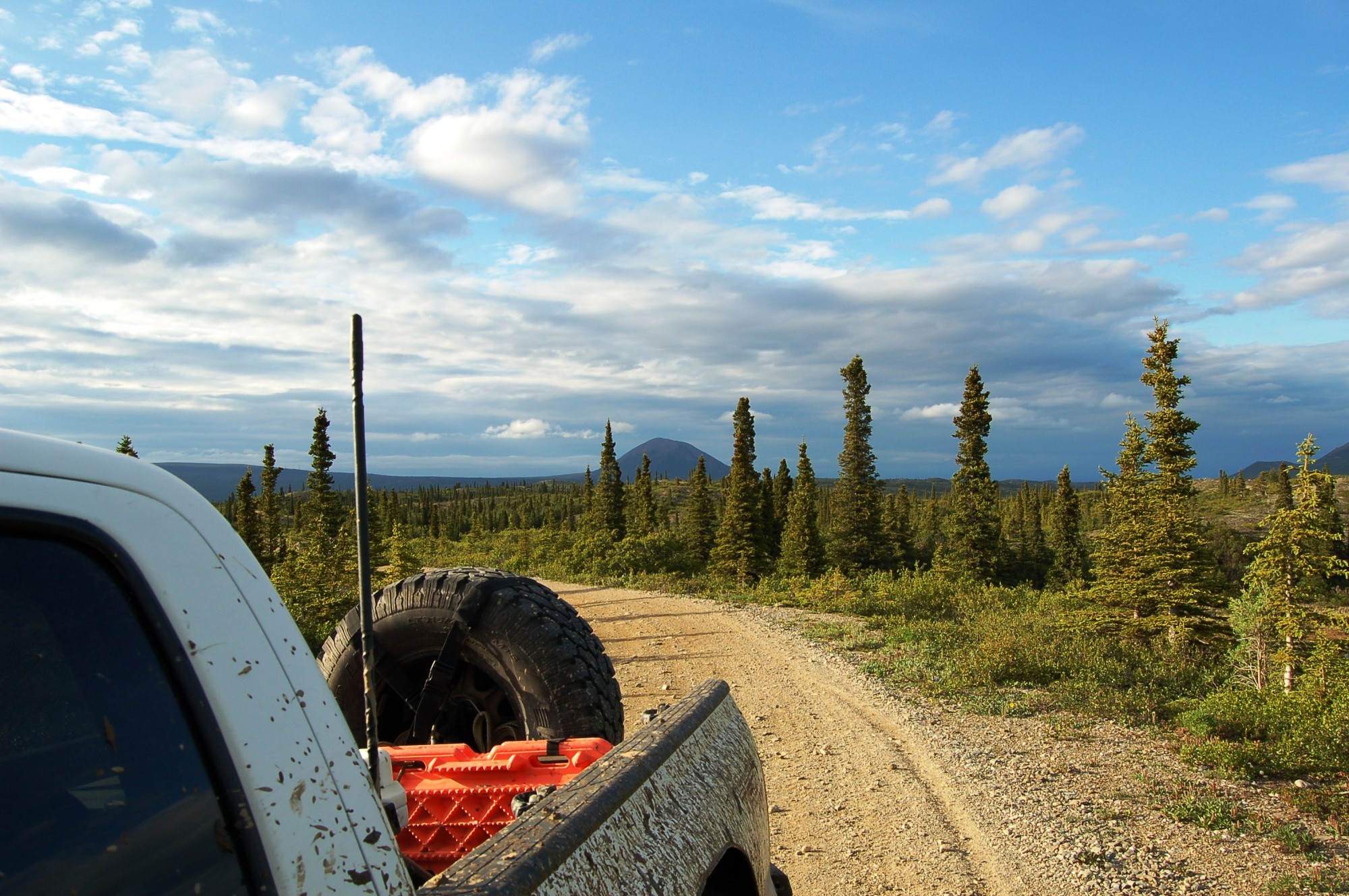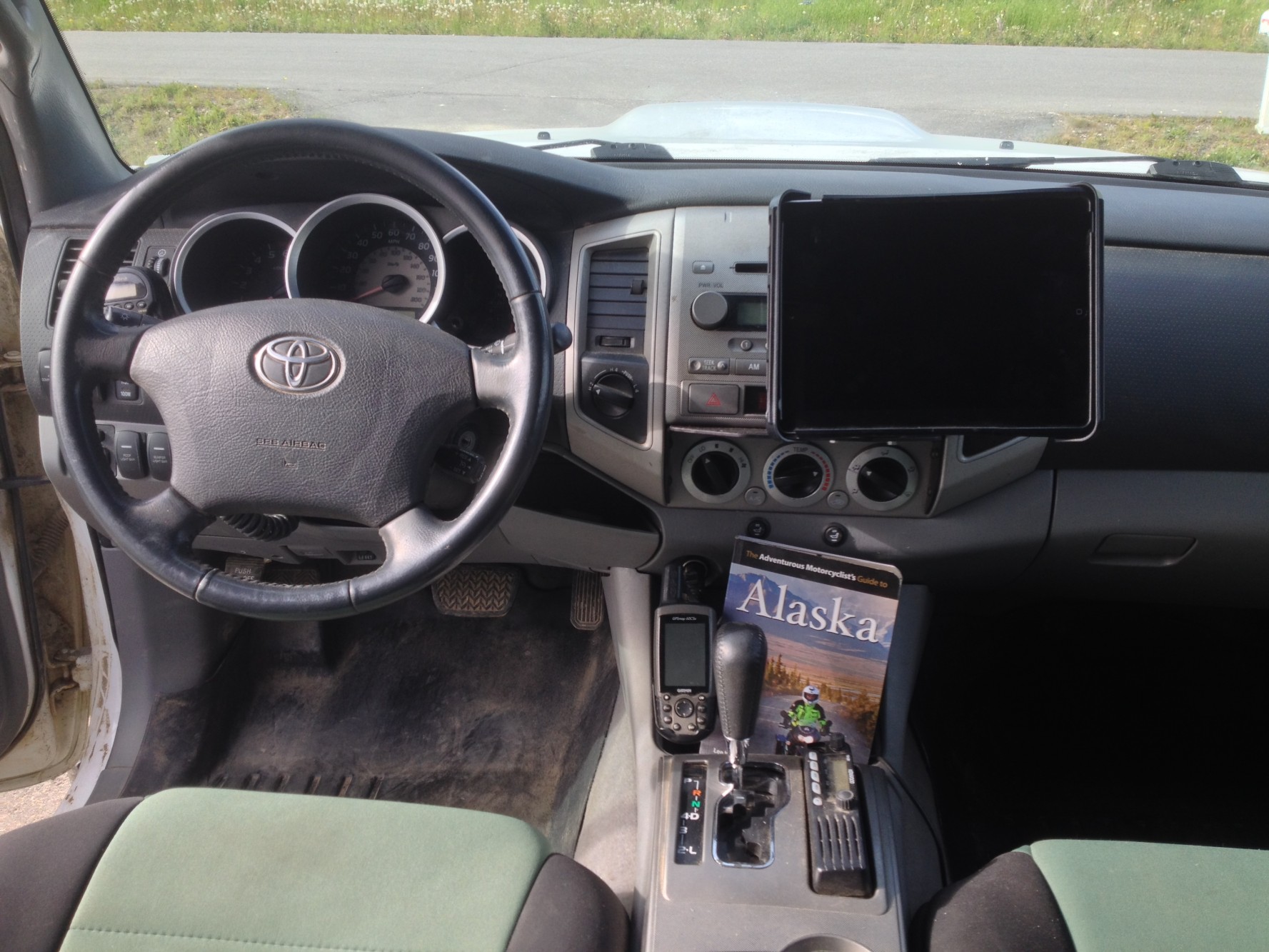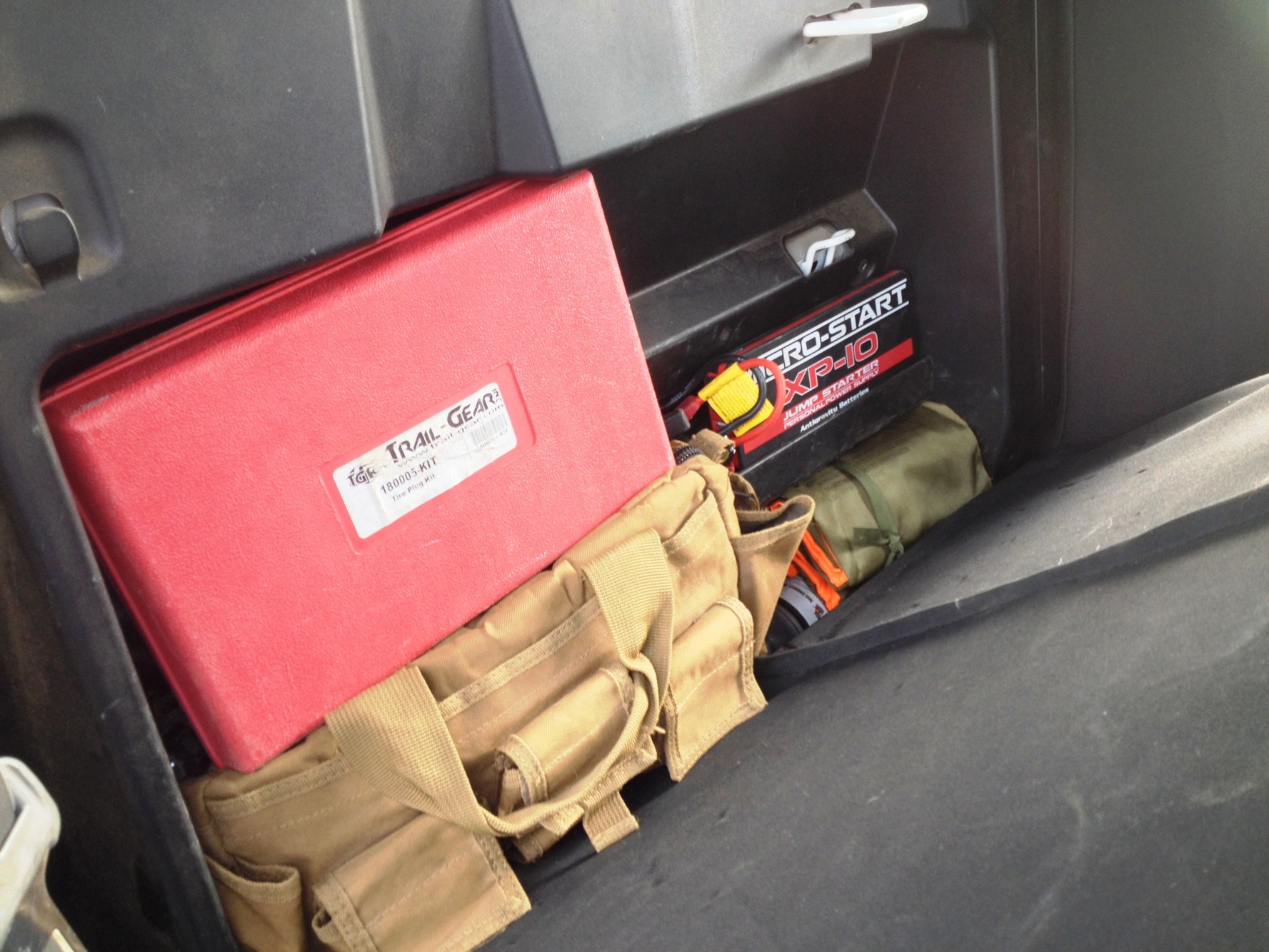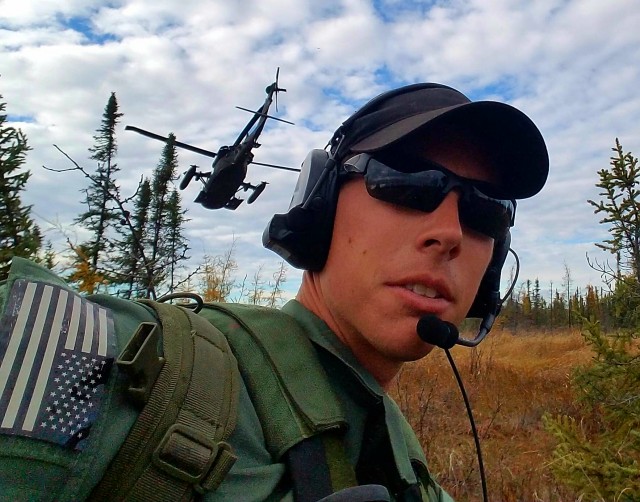Safety in numbers is a bonafide fact when traveling in remote places. There is no substitute for the presence of a second vehicle when it comes to recovering a stuck or disabled vehicle. However, we have all gone alone, to one degree or another, and will more than likely do it again. For some, it is out of necessity – when no other capable or willing party can be found. For others, it is a choice – to enjoy the solitude and satisfaction that comes with gearing up, heading out, and tackling a challenge alone. Regardless of the reason, going alone is a conscious choice to accept a certain amount of risk. The purpose of this article is not to encourage solo travel, but to help mitigate risk for those who make the decision to go alone.
In this article, I will discuss some of the basic tenants of going alone and will conclude by showing some of my own preparation and equipment load outs.
Two principles will be present throughout these rules; the “6P” rule and the “PACE” planning method. The “6P” rule states that “prior preparation prevents piss poor performance.” Most everything I will discuss relies upon some sort of action being taken prior to heading out – hence the “prior preparation” portion of the “6P” rule. The second concept is the “PACE” principle – which stands for “Primary, Alternate, Contingency, Emergency.” This principle is applied to all elements of preparation and recovery, and its application will be clear throughout this article.
The Ten Golden Rules of Going Solo:
1. Always leave a plan behind with someone trustworthy.
This plan should cover where you are going, others you are taking with you, your expected time of return, actions you will take in an emergency, and actions to take should you not return. This plan should include a map, with your planned route highlighted. For this plan to work, you must have the discipline to stay on plan!
2. Never exceed your walk out / survival capability. You should have a rucksack (back-pack) with everything you need to survive in the worst weather possible in your environment. This pack should sustain you to travel by foot for the furthest possible distance from civilization you will be. Pack as if you are starting your survival situation soaking wet. Your pack should utilize water tight bags for things that need to stay dry. Your pack’s weight should be reasonable in comparison to your physical abilities and backpacking experience.
For this survival technique to be viable, you must exercise the restraint to not drive further than your backpacking capabilities if you wish to have any self-rescue capability.
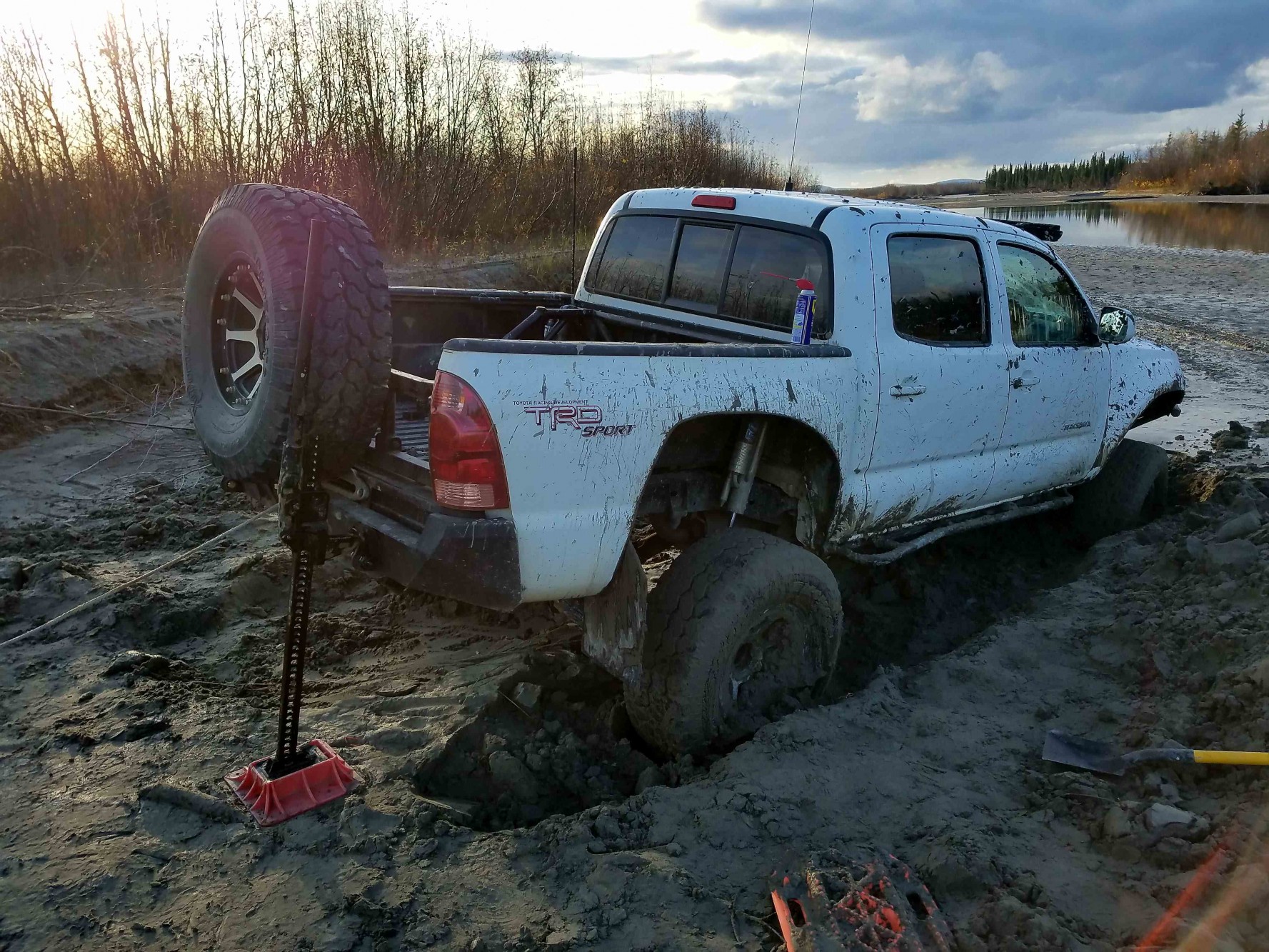
This picture illustrates how important the hi lift jack can be to the digging out process. Lifting the back end of the truck up allowed me to get traction boards under the tires and clear the mud from the rear axle / frame.
3. Emergency beacons, satellite phones, and satellite messengers save lives. There are a plethora of devices out there that can communicate from anywhere on the globe. Many articles have been written comparing the devices capabilities and limitations. My personal choice is a DeLorme Inreach. Most of these devices cost less than a smart phone and are a drop in the bucket compared to what many offroad enthusiasts and overland travelers spend on their vehicles. In this day and age, there is no excuse to not have a satellite communication device with you when you leave the beaten path.
My glove box has my must have items in it. The DeLorme InReach, two meter radio and reference guide of repeater frequencies for North America, survival blanket, a strobe beacon, a flashlight, a pair of binoculars, and a mosquito repelling burner (Alaska can have brutal mosquitoes during the summer). Put stuff you don’t want disappearing during a roll over in your glove box. Nothing like having a broken back and being unable to find your SOS beacon.
4. Bring the right tools for the job, and know how to use them. An emergency, or even a routine vehicle recovery, in “no man’s land” is no time to be learning your equipment. Preventable mistakes in remote places can quickly magnify the severity of the situation. The hi-lift jack is a versatile and powerful tool; but it can also seriously injure you in the blink of an eye. The same is true of winching and many other tools and techniques we use. Gaining experience in controlled environments is the way to go with these tools. Fire extinguishers can prevent bad situations from becoming catastrophic situations. Inversely, fire starters can turn miserable situations into not so bad situations. Be redundant; remember PACE. An ax is on the most important tools you can carry. When applied with creativity, trees can serve dozens of uses in vehicle recovery. A light source in the dark is priceless. Bring several, and don’t set them down when they’re turned off in the dark – they can be hard to find. Headlamps are worth their weight in gold.
And last but certainly not least, bring a source of water appropriate for the duration of your trip and the weather you will face. Water purification tablets and water purifiers are available at very affordable prices.
A good shovel – one that you can get under the vehicle easily when you’re stuck – is the foundation of recovery. You should always dig out before attempting any other means. You have to get the undercarriage off the ground and you need to provide your tires a decent surface to get you out of the mess you are in. Fire extinguishers are one of those things that when you need one, you really need one. I keep mine mounted in this storage compartment.
5. Carry first aid supplies and know how to use what you have. To keep this brief – you should have the supplies and the know how to control bleeding, maintain an airway, and treat shock. These will help you save yourself or others from the majority of injuries that result in preventable death. Tourniquets are the most effective tool to control severe bleeding from an extremity. SAM splints are worth their weight in gold when it comes to treating fractures. Shock can and does kill; and is preventable with basic knowledge and tools. Get the tools and get the training if you plan to venture out.
A well stocked first aid kit is an absolute essential item. The second picture is of a hypothermia treatment bag, which is essentially a self heating body bag for a full grown adult. It can treat / prevent hypothermia for 12 hours. A blue tarp is also pictured – tarps have nearly unlimited uses and make great survival items.
6. You cannot afford to lose/damage gear when going solo. Ensure all of your gear is properly secured, both from theft and from falling off your vehicle. Shackles should be secured with zip ties or wire. Shovels, axes, etc. should be properly mounted or tied down. Loose objects become projectiles in crashes and roll-overs. A missing shackle can become a deal breaker during recovery.
I keep one recovery strap coiled inside my spare tire and one under my backseat. During the winter, I keep one end of my exterior strap already hooked to a shackle so that I can more quickly rig a recovery when it is -30F outside. The strap is ziptied in place in order to prevent loss on the trail. The zip ties are small enough to be broken by hand. I keep road flares in my rear driver’s door. That way if I break down on the highway, they are quick and easy to get at.
Simple mistakes can become big problems when in remote areas, such as cutting your hand. Bring gloves appropriate for vehicle recovery.
Traction boards are my hands down favorite recovery tool and work great for solo vehicles in areas without natural winching anchors.
On that note – you are never without a winch anchor if you have a shovel. There are a myriad of ways to build a dead-man anchor with things you have with you (spare tire) or things you can acquire from nature around you (trees).
7. Have a “PACE” plan for everything. The best example of this is your communications. For example, my communications PACE plan is:
Primary: Cell Phone
Alternate: DeLorme InReach
Contingency: Radio communications
Emergency: Visual signals.
Within 3 of those four categories I have redundancy. I carry two cell phones, each on different providers (one personal, one work issued). Within radio communications, I have a vehicle mounted 2 meter, vehicle mounted CB, and handheld 2 meter radios. Within emergency (visual), I have strobes, flares, and marking panels. These measures take up very little space and weight and greatly increase the safety of going solo. On that note, if you bring an electronic device, bring the cord to charge it. Even better, bring a battery pack to charge it.
8. Know how to navigate. This comes with time and experience. PACE applies here as well. GPS is an amazing tool, but do not neglect a map and a compass. Knowing how to use a map and a compass will not only help you better use your GPS devices, but will serve you well when all things possible go wrong and you find yourself with dead batteries and no power.
Know your panic azimuth; that is – know the general direction you need to head if you get lost. This direction should lead you to something you can’t miss – a highway, a river, a railroad, etc. that you will recognize and can follow to safety. Walking out is generally an absolute last resort – staying with your vehicle (and staying within the plan you left behind) is normally your best option – but should you have to walk out, walking in the correct direction always helps.
My “navigation center”. The iPad serves as the primary GPS, with road maps, topo maps, and satellite maps loaded for my area. The Garmin is the back up and is always running when the truck is running in order to record a “track” that I can follow back if needed. The book contains maps for the areas I travel. More maps are stuffed between my seat and the center console.
9. Everyone in the vehicle has to know the plan and the gear. Your passengers should know the general use of the gear you have. Take the time to familiarize them before you depart. Something may happen to you and your life may depend on them knowing how to use what you’ve prepared.
Jump start packs are one of the best inventions of the 21st century for the solo offroader. They can also charge your electronics should you have to leave the vehicle.
10. The best tool you can carry is on your shoulders. When things start going wrong, you have to remain calm. Stop – think – and think again. Haste makes waste; and carelessness can turn a bad situation into a horrible one. Take account of what you have, what you can make, and what you can gather from your surroundings – then make a plan.
In conclusion, as with all the best things in life, some risk is inevitable. Prior preparation is the key to minimizing risk and maximizing the enjoyment of your travels, no matter where they take you. Having the right equipment is important; having the training and experience to use it properly is even more important. And most importantly, exercising good judgment and staying within the capabilities of yourself and your equipment will keep your solo vehicle adventures safe and enjoyable.
Chase Kilfoyle is an active duty military officer stationed at Fort Wainwright, Alaska. Chase, his wife Stacie, and their two children enjoy exploring the outdoors in their 2006 Toyota Tacoma, which is a never ending build that can be found at www.tacomaworld.com.


